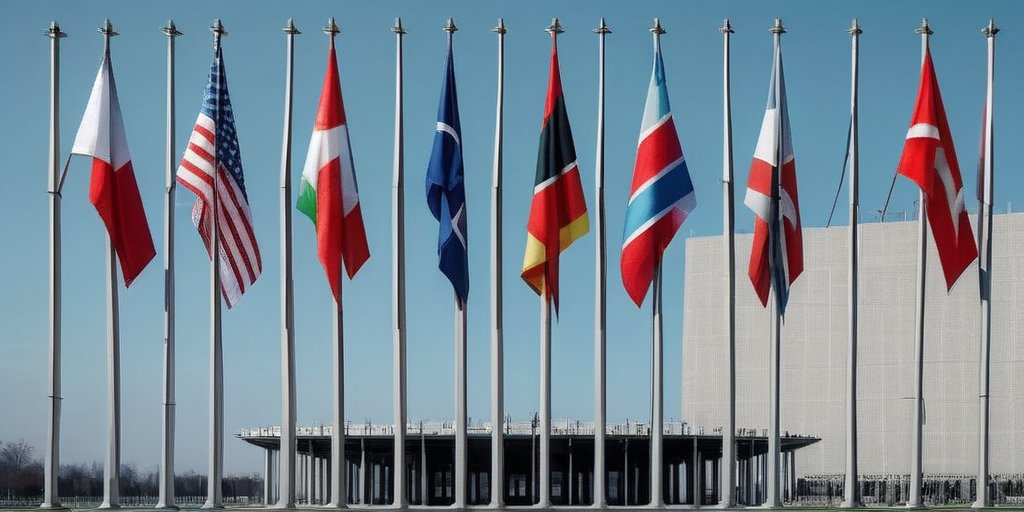The recent NATO summit in The Hague showcased a pivotal moment in collective defense strategy as leaders from the 32 member countries agreed to significantly increase their defense spending. The commitment to a 5% defense spending target, up from the previous 2% guideline, marks a substantial shift in NATO’s approach amidst perceived threats, particularly from Russia.
This ambitious goal requires a total of 3.5% to be directed towards core defense spending, which is intended for military personnel, equipment, and operations, while the remaining 1.5% can be allocated to broader expenditures aimed at enhancing infrastructure and civil preparedness. Achieving this target will necessitate a meticulous, annual review process, initiating a ‘credible, incremental path’ to ensure all members contribute effectively.
In a significant move, former President Donald Trump reaffirmed the United States’ commitment to NATO’s Article Five, underscoring the principle of collective defense—a principle that states an attack on one is an attack on all. This declaration puts previous ambiguities about Trump’s stance towards NATO into perspective, particularly in light of his prior suggestions that funding disparities could alter U.S. military support.
The summit did not shy away from addressing the ongoing conflict involving Russia, though the communique notably refrained from direct condemnation of Moscow. Trump maintained his previously softer approach, acknowledging the complex geopolitical landscape and the need to provide support to Ukraine without antagonizing Russia directly.
Trump’s remarks during the summit included criticism of members who underperform in defense spending, particularly targeting Spain’s 1.24% commitment, which he deemed insufficient. Amidst internal political troubles back home, Spain’s Prime Minister Pedro Sánchez faced scrutiny as Trump emphasized the expectation for each member to pull their weight as the alliance strengthens its collective defenses.
The NATO summit thus represented not only a strategic realignment in defense spending but also a reaffirmation of collective unity against external threats, securely North Atlantic’s stance in the face of geopolitical challenges.
Going forward, the impact of these agreements will likely resonate through Europe as nations navigate their defense strategies amid evolving international relations. Nations must now submit their plans to meet the heightened spending expectations, ensuring NATO’s readiness to address current and emerging threats, particularly from Russia.
